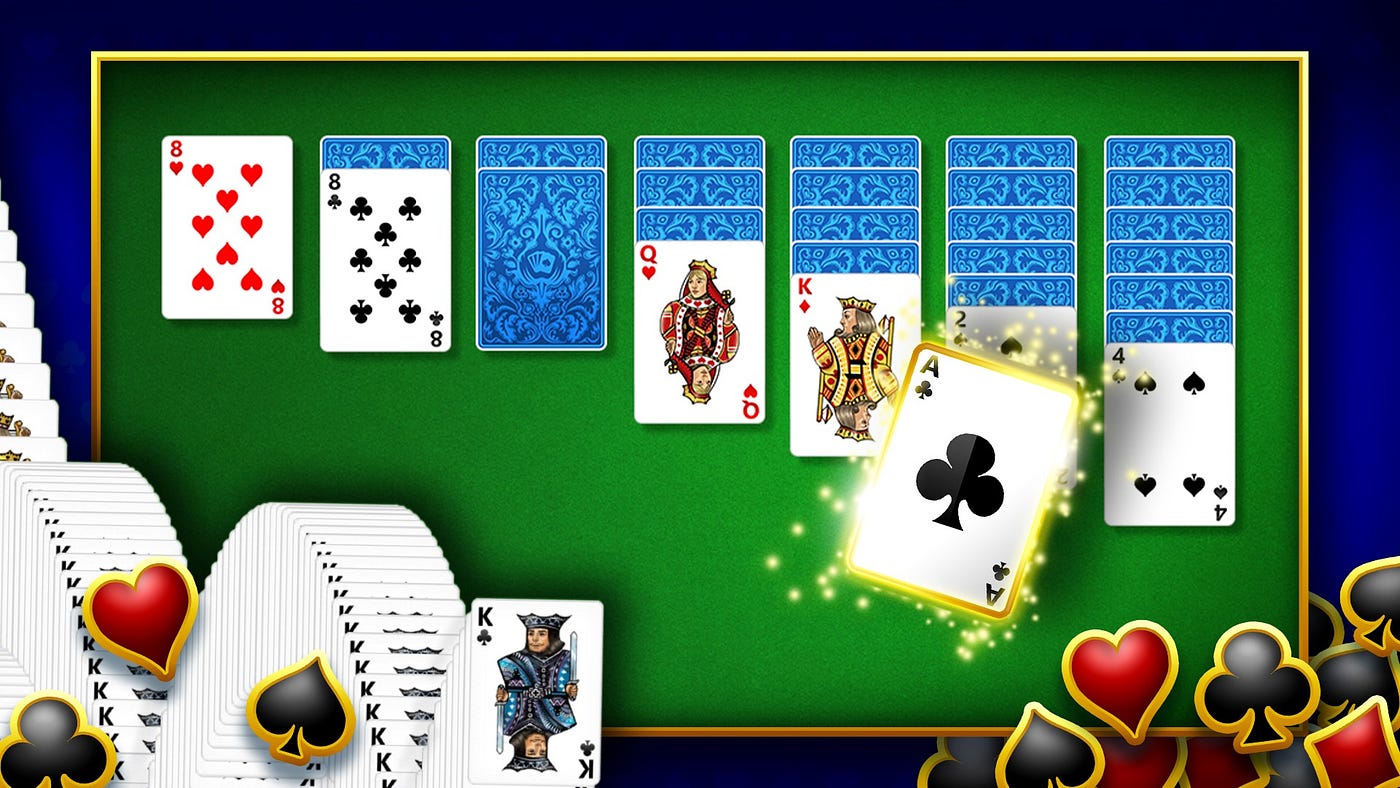Solitaire is a timeless card game enjoyed by many for its simplicity and engaging nature. To guarantee a seamless and entertaining game, it is important to understand how to set up solitaire effectively. Even seasoned players can make mistakes that disrupt the flow of the game or affect their strategy. In this article, we will explore the common mistakes people make when setting up solitaire and how to avoid them to enhance your gaming experience.
Understanding the Basics of Solitaire Setup
Before diving into common mistakes, it’s essential to understand the basic setup of solitaire. The standard solitaire game, often referred to as Klondike Solitaire, uses a single deck of 52 cards. The goal is to move all cards to four foundation piles, each starting with an Ace and built up in suit from Ace to King.
Steps to Set Up Solitaire
- Shuffle the Deck: Start by thoroughly shuffling the deck of cards to ensure randomness.
- Create the Tableau: Deal the cards into seven piles, known as the tableau. The first pile has one card, the second pile has two cards, and so on until the seventh pile has seven cards.
- Arrange the Tableau: Only the top card of each pile is face-up, while the others are face-down.
- Set Up the Stock and Waste Piles: The remaining cards form the stock pile, which you can draw from during the game. The cards drawn from the stock pile that cannot be immediately played are placed in the waste pile.
- Establish the Foundation Piles: These are four empty piles where you will eventually build up each suit from Ace to King.
Common Mistakes and How to Avoid Them
- Inadequate Shuffling
Mistake: Not shuffling the deck well enough, leading to predictable card sequences and a less challenging game.
Solution: Spend extra time shuffling the deck thoroughly. This ensures a more random distribution of cards, making the game more enjoyable and challenging.
- Incorrect Tableau Arrangement
Mistake: Misplacing cards in the tableau piles or dealing the incorrect number of cards in each pile.
Solution: Carefully count and place the cards as you deal them into the tableau. Remember, the first pile gets one card, the second gets two, and so on until the seventh pile has seven cards. Only the top card of each pile should be face-up.
- Overlooking the Foundation Piles
Mistake: Forgetting to set up the foundation piles properly, leading to confusion later in the game.
Solution: Before you start playing, ensure you have a clear area designated for the four foundation piles. This will help you stay organized and focused on your goal of moving all cards to the foundations.
- Mismanaging the Stock and Waste Piles
Mistake: Drawing too many cards at once or not keeping the waste pile organized, making it difficult to see and access cards.
Solution: Draw cards from the stock pile one at a time, placing each one in the waste pile if it cannot be played immediately. Keep the waste pile neat and face-up so you can easily see and access the cards.
- Ignoring Empty Spaces in the Tableau
Mistake: Not taking advantage of empty spaces in the tableau, which can limit your ability to move cards and create sequences.
Solution: Whenever you create an empty space in the tableau, fill it with a King or a sequence starting with a King. This maximizes your options and helps you free up more cards.
- Focusing Only on the Stock Pile
Mistake: Relying too heavily on the stock pile and neglecting moves within the tableau.
Solution: Always look for moves within the tableau before drawing from the stock pile. Moving cards within the tableau can open up new possibilities and help you uncover face-down cards more efficiently.
- Not Planning Ahead
Mistake: Making moves without considering the long-term impact, which can lead to blocked sequences and limited options.
Solution: Think a few moves ahead before making decisions. Consider how each move will affect your ability to create sequences and uncover face-down cards. Strategic planning is key to successfully setting up and playing solitaire.
Additional Tips for Successful Solitaire Setup
Prioritize Aces and Twos
Whenever possible, move Aces and Twos to the foundation piles as soon as they become available. This frees up space in the tableau and allows you to build sequences more effectively.
Utilize Undo Options
Many digital versions of solitaire, such as those offered by EasyBrain, include an undo feature. Use this to your advantage if you realize a move was not beneficial. Reviewing and rethinking your moves can help you learn and improve your strategy.
Stay Patient and Persistent
Solitaire can be challenging, especially if the cards are not in your favor. Stay patient and persistent, and remember that each game is an opportunity to refine your skills and strategy.
Practice Regularly
The more you play solitaire, the better you’ll become at setting up and strategizing. Regular practice helps you become familiar with common patterns and sequences, improving your overall gameplay.
Conclusion
Mastering how to set up solitaire is essential for enjoying the game to its fullest. By avoiding common mistakes and following the tips outlined in this article, you can ensure a smooth and enjoyable gaming experience. Remember to shuffle thoroughly, arrange the tableau correctly, and plan your moves strategically. With practice and patience, you’ll become a solitaire pro in no time. Happy playing!




